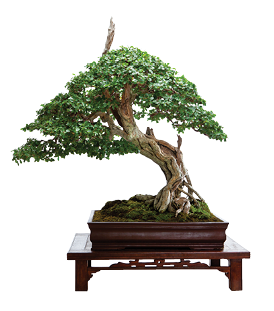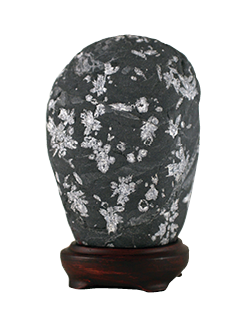Suiseki and Viewing Stones
By Gudrun Benz, Germany
Viewing Stones are an art form of extraordinary stones shaped (only) by nature and displayed indoors.
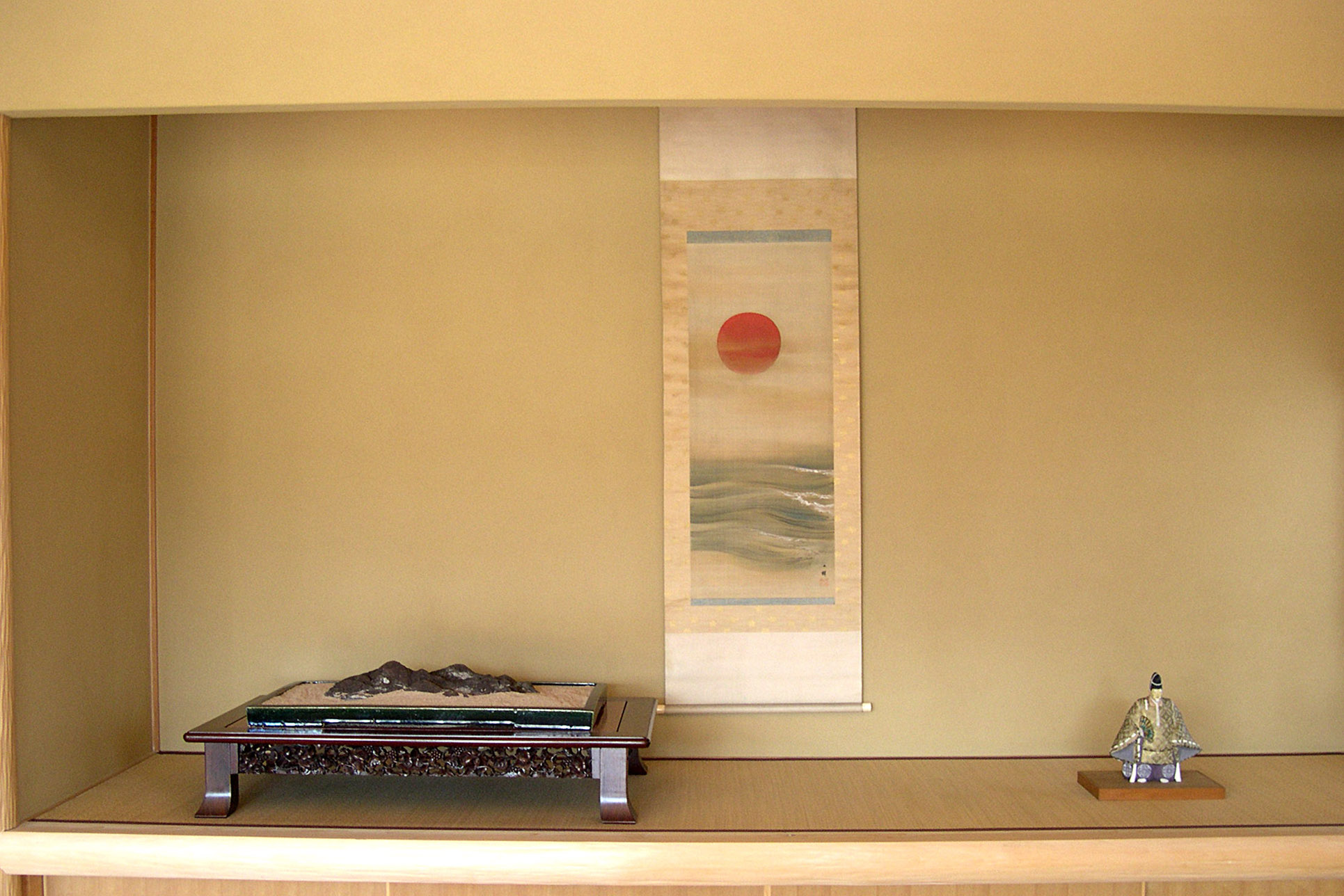
Their characteristics / features are:
- extraordinary shape with suggestive power
- minimum hardness
- characteristic surface texture
- characteristic colour
- harmonious overall impression of the presentation, balance
- age as a collecting object
Classification by shape: we distinguish between:
- landscape stones
- object stones
- abstract shape stones
- surface pattern stones
- colour stones
- beautiful stones, so called biseki, which are worked on (cut and/or polished)
Apart from the classification by shape there are others, for example by origin, surface pictures or texture. The classification by origin is quite often used too. In Japan the terms Kamogawa ishi, Sajigawa ishi, Setagawa ishi, Furuya ishi, Sado Akadama ishi, Kutaro ishi for example indicate rivers or regions/areas. ‘Ishi’ means stone. Kamo, Saji, Seta are rivers, Furuya is a province, Sado an island, Kutaro is a town on Hokaido island. In China the terms Red river stone, Lingbi stone, Ying(de) stone, Dahua stone… also indicate the location where these stones are found. In Europe Ligurian stones are found in the province of Liguria, Italy, etc.
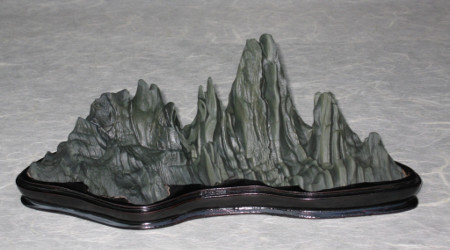
More on Classifications
Nowadays the classification systems by shape and origin are more or less recognized and used in different Asian countries as well as in the West (America, Australia, Africa, Europe). There are also many subcategories of the classification by shape, for example landscape stones are subdivided into distant and near view mountain stones, plateau, terrace or step stones, mountain-stream, waterfall, water pool, rain shelter, cave, island, coastal, reef stones.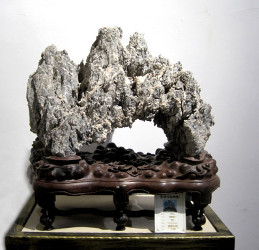
History
China is birthplace of stone culture. Stones were always collected for different reasons. They were used as tools but also venerated for religious, commemorative or aesthetic purposes. Since the Han dynasty (206 BCE – 220 CE) there are evidences that Chinese used large stones to embellish their gardens and courtyards.Literati and artists brought smaller stones of unusual shape into their studios. This way they brought the nature into their studio because stones were regarded as an incarnation of vital energy.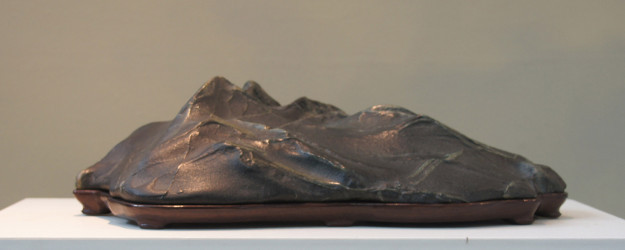
Stone Display
In ancient time, stones were displayed on brocade tissue, on cushions or in vessels filled with sand. Nowadays there are mainly two different ways to secure stones in their position.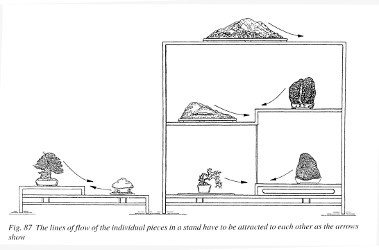
How to display your Viewing Stones
There are differences between a display at home (in a private house), in a tokonoma of a traditional Japanese house, in a museum or in public exhibitions. The intention is always to creating a scene, convey the season, an atmosphere or feeling, a philosophical background. This is created by different “tools”.

